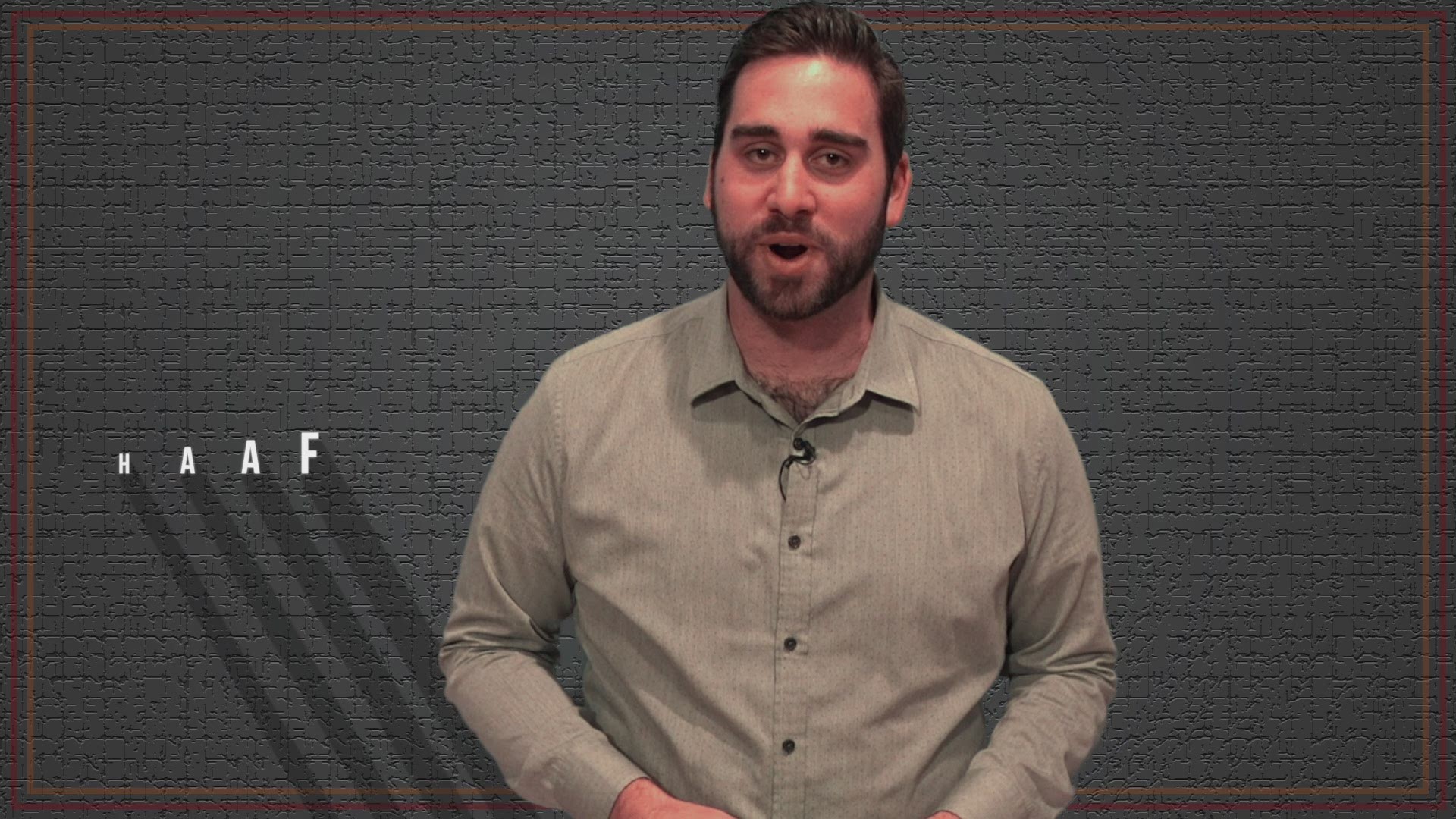For the first time in 115 years, the University of Texas and the University of Oklahoma will play each other for a second time in one season.
And boy, we can’t even wait.
To get prepped for the 2018 Red River Showdown, Part II, in the Big 12 Championship, here are eight things to know about the historic rivalry between two of college football’s blue-blood programs:
1. The rivalry is older than the state of Oklahoma
That’s right. Texas and OU first played each other in October of 1900. Oklahoma wasn’t granted statehood until 85 months later, in November of 1907. That inaugural contest took place before the Longhorn and Sooner monikers were implemented, too. An Austin American-Statesman recap of the game purportedly referred to Texas as “the Varsity” and Oklahoma as the “Oklahoma men.”
2. Texas leads the all-time series, 62-46-5
Texas has the all-time series lead, but Oklahoma fans will be quick to point out the fact that the Longhorns benefit from early dominance in that statistic – Texas logged a 29-11-2 record in the series before 1948. Oklahoma has the edge with a 12-7 record this century, but Texas got the win in October’s meeting, when they scored 48 points, their most in Red River Rivalry history.
The aggregate scoreboard between the schools is remarkably even: Texas edges out Oklahoma by an average score of 17.9 to 17.6 over the 118-year history of the rivalry.
3. It’s among the most storied rivalries in all of college football
Most any publication or pundit will put the Red River Rivalry among the best rivalries in college football, if not in all of sports. Bleacher Report and Yahoo! Sports, for example, each put it as college football’s fourth-best rivalry game, behind the Iron Bowl between Alabama and Auburn, The Game between Michigan and Ohio State and the Army-Navy rivalry.
For sports fans in the south, Texas-OU probably cracks the top three. And, with the possibility now existing that the Longhorns and Sooners can play for a conference title (they were both in the Big 12’s South division in the conference’s early years and thus couldn’t meet in the championship game), this rivalry has even more intrigue.
4. This is the first time they’ve played outside Dallas since 1923
The big game took place outside Dallas a few times in the early 1900s, including games in Oklahoma City and Houston. Ever since a 1929 bout in Fair Park, though, the game hasn’t strayed from Dallas. That, of course, changes Saturday with the playing of the Big 12 Championship at AT&T Stadium in Arlington.
5. The trash talk is real
If you’re from around these parts, this probably isn’t new information. Your Facebook feed is likely enough to initiate you into the banter between these two schools.
You’ve seen the classics: “It’s 5:03, and OU still sucks.” “Horns down” images flood the internet.
But it’s not just the ribbings on social media. Texas linebacker Breckyn Hager received a “public reprimand” from the Big 12 last week for an “OU sucks” comment following his team’s win over Iowa State.
For every Red River Showdown at the Cotton Bowl, the 50-yard line marks a stark divide between burnt orange and crimson, and for those stuck on the dividing line or in enemy territory report it being, well... an experience.
Since there’s only one tunnel, located on the Oklahoma side, Texas often puts up partitions over the fence to separate Sooner fans from Longhorn players during their pregame entrance – presumably to avoid predicaments involving obscenities or thrown objects.
6. They weren’t in the same conference for 75 years
Oklahoma and Texas were both founding members of the Southwest Conference, which debuted in 1915 after the idea was born a year earlier. Oklahoma, however, spent just four seasons in the SWC and bolted for the Big 6 in 1920. That conference later became the Big 7 and ultimately the Big 8.
The rival schools didn’t become conference foes again until the Big 12 began play in 1996. Despite playing in different conferences for three-quarters of a century, Texas an OU continued to play each other annually in Dallas.
7. This rivalry had the original ‘spygate’
You think Texas-OU is heated now, but it doesn't hold a candle to 1976, when an ongoing feud between the programs' coaching titans escalated to a cheating scandal. Texas head coach Darrell Royal accused Oklahoma head coach Barry Switzer of spying on their practices. He was so convinced it was happening that he implored Switzer and his staff to take polygraph tests, and offered $10,000 donations to the coaches' charities of choice if they passed. ($10,000 in 1976 is roughly $43,676 in today's dollars).
Switzer, according to the Austin American-Statesman, admitted to spying in a 1990 autobiography.
The '76 game ended in a 6-6 tie in a brutal defensive struggle. It was the final clash between Royal and Switzer.
8. Dallas is almost exactly equidistant from both schools
Dallas has made a logical battleground for the classic showdown as the “halfway point” between Norman and Austin. And while it’s about 50 miles east of a where a true halfway point would fall, it is almost exactly equidistant from both schools. Using the football stadiums as home bases, a quick Google Maps search indicates the Cotton Bowl is 172.13 miles from OU, and 181.73 miles from UT.
AT&T Stadium actually draws the radii even closer – JerryWorld is a 170.9-mile trek from Norman, and a 174.36-mile jaunt from Austin. It’s worth noting – relatively speaking, at least – that the difference in the drive from each school is slightly greater at AT&T Stadium. OU fans have just 192 miles of driving distance between their usual home turf and their Arlington destination, while the UT faithful have to drive about 201 miles.
Thanks a lot, I-35 split.
WFAA digital journalist and Red River Rivalry connoisseur Ryan Osborne contributed to this report.


